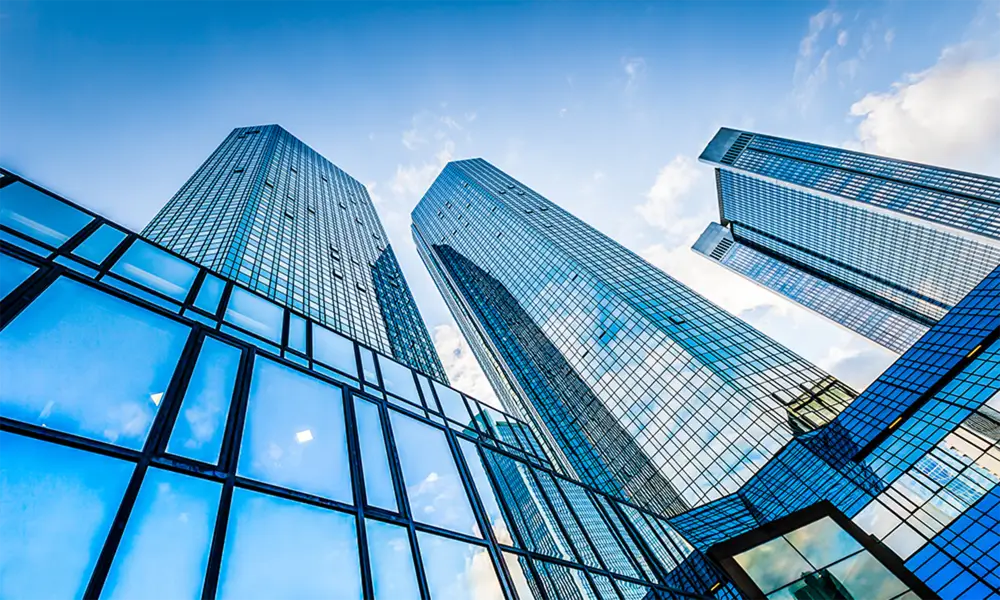

The Cost of Blue Reflective Glass An Overview
In recent years, blue reflective glass has gained significant popularity in architectural design and construction. This versatile material is not only aesthetically appealing but also offers numerous functional benefits. As demand for blue reflective glass continues to rise, it is essential to understand its pricing dynamics, factors influencing costs, and overall value in various applications.
Understanding Blue Reflective Glass
Blue reflective glass features a distinctive blue tint that helps in reflecting sunlight while allowing adequate natural light to filter through. This makes it an excellent choice for both residential and commercial buildings. The reflective properties significantly reduce heat gain, contributing to energy efficiency by lowering cooling costs. From skyscrapers to modern homes, blue reflective glass is often used in facades, windows, and balustrades.
Factors Influencing the Price of Blue Reflective Glass
1. Type and Quality The price of blue reflective glass can vary considerably based on the type (tempered, laminated, or insulated) and the quality of the glass. Higher-quality glass with superior reflective coatings typically commands a higher price due to advanced manufacturing processes and materials used.
2. Thickness and Size The thickness and dimensions of the glass panels also impact pricing. Standard sizes are generally more affordable, while custom sizes and thicker panels may incur additional costs.
3. Coating and Treatments The presence of specialized coatings, such as Low-E (low emissivity) or other solar control treatments, can affect both the performance and price of the glass. Innovative coatings enhance energy efficiency and comfort, increasing the overall cost.
4. Market Demand and Supply Like any product, the demand and supply dynamics play a crucial role in determining prices. In areas experiencing a construction boom, the demand for blue reflective glass may lead to higher prices, while a surplus in supply could drive costs down.

5. Geographic Location Prices can also vary by location due to transportation costs, availability of raw materials, and local competition among suppliers. Urban areas with high demand may see higher prices compared to rural regions.
6. Manufacturing Processes Different manufacturing techniques can influence pricing. Advanced methods that minimize defects and ensure uniformity often result in higher costs but may offer better long-term performance.
Average Pricing and Cost Examples
As of recent data, the price for blue reflective glass can range from $15 to $35 per square foot for standard applications. However, custom orders or specialty products may push the price up to $50 per square foot or more. For instance, a typical double-glazed blue reflective insulated glass unit may cost between $30 to $60 per square foot, depending on the aforementioned factors.
Value and Benefits
Despite potentially higher costs, blue reflective glass offers several benefits that justify the investment. The energy efficiency it provides can lead to significant savings on heating and cooling bills over time. Moreover, its aesthetic appeal can enhance property value and curb appeal, making it a wise choice for homeowners and architects alike.
Conclusion
In summary, the price of blue reflective glass is influenced by various factors, including type, quality, size, coatings, market conditions, location, and manufacturing processes. While the initial investment may be higher compared to standard glass, the long-term benefits in energy efficiency, comfort, and aesthetic value make it a worthy consideration for many building projects. As the market continues to evolve, prospective buyers should conduct thorough research and obtain multiple quotes to ensure they are making an informed decision that aligns with their needs and budget. Whether used in new constructions or renovations, blue reflective glass stands out as a modern and efficient choice in today's architectural landscape.